** The following is meant only as a guideline and should not be taken as the definitive method to prep. Always become familiar with all available information before a flight to Mexico.**
- Mexican immigration requires for the APIS to be submitted a second time, this time 1 hour before departure.
- Do a final weather and NOTAMs check using your favorite EFB or Flight Service.
If flying IFR:
- File your IFR flight plan, and request your IFR clearance as you normally would.
- Ensure you have a transponder squawk code, you will need this code to cross the ADIZ. The code should come standard with your IFR clearance.
- About 5 miles before crossing the ADIZ, expect for the FAA ATC to say “N123AB, you are leaving my airspace, radar services are terminated. Contact Mexico on 118.3”. If you do not get this handoff, ensure you request it from the FAA controlling agency before crossing the border.
- Because you’re an IFR traffic, FAA’s ATC will usually coordinate your handoff with Mexico’s ATC. Mexico should already know who you are, where you are going to, and your type of aircraft.
- If you’re not in radar contact environment with Mexico, expect to give position reports in relation to the closest VOR from the controlling agency you’re speaking with. ATC will expect for you to give them your DME distance, radial, and altitude in relation to a VOR.
- As a IFR traffic, Mexican ATC will always hand you off from one controller to the next. However, if you’re flying very low at the Minimum Enroute Altitude, it is possible that ATC may not hear your transmission. If this is the case, closely monitor the frequency until you can communicate with ATC, and use any nearby airplanes to relay any mission-critical messages to ATC if necessary.
If flying VFR:
- Depart to your destination airport in VFR conditions. You may or may not be able to get Flight Following to Mexico depending on the controller. Once you’re closer to the border, the Center controller should be able to give you Flight Following to Mexico.
- About 5 miles before crossing the ADIZ, expect for the FAA ATC to say “N123AB, you are leaving my airspace, radar services are terminated. Contact Mexico on 118.3”. If you do not get this handoff, ensure you request it from the FAA controlling agency before crossing the border.
- When making your initial contact to Mexico’s ATC under a VFR flight plan, they likely won’t be expecting you. You will need to report Who you are, Where you are going, Where you are coming from, and What type of aircraft you are. Most Mexican ATC will not have radar service, be ready to give them your position in relation to a VOR via a radial, distance, and altitude. Remember, most international airports in Mexico have a VOR station on the field.
- Always give your full tail number when speaking to Mexican ATC, i.e. “November One Two Three Alpha Bravo”. Do not use aircraft names such as Skyhawk, Skylane, Cherokee, Cirrus, etc, as most traffic controllers will not necessarily know what type of aircraft that is.
- Mexican ATC will as you to make position reports at certain DME distances in relation to their VOR. Expect to hear and report back on:
- Abeam the Station (VOR)
- 10 DME, 15 DME, 20 DME, etc.
- Once you leave ATC’s airspace, under VFR conditions, it is likely that he will let you “off” and not hand you off to the next controller. It is the PIC’s responsibility to monitor a CTAF (usually 122.5 or 122.8) until you enter the next controller airspace.
Day before Flight << | >> Initial landing in Mexico
